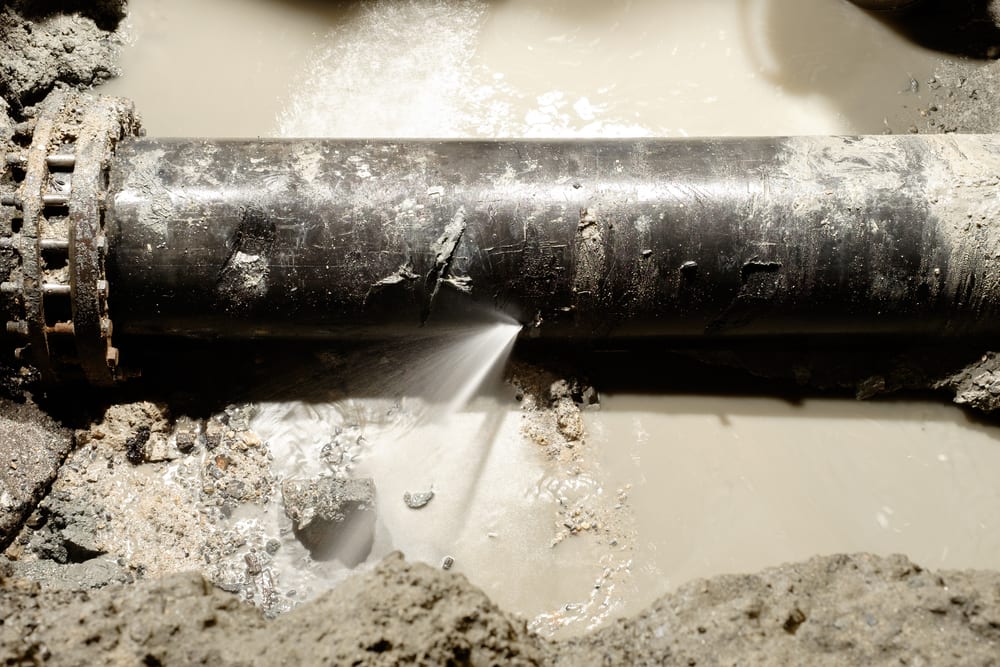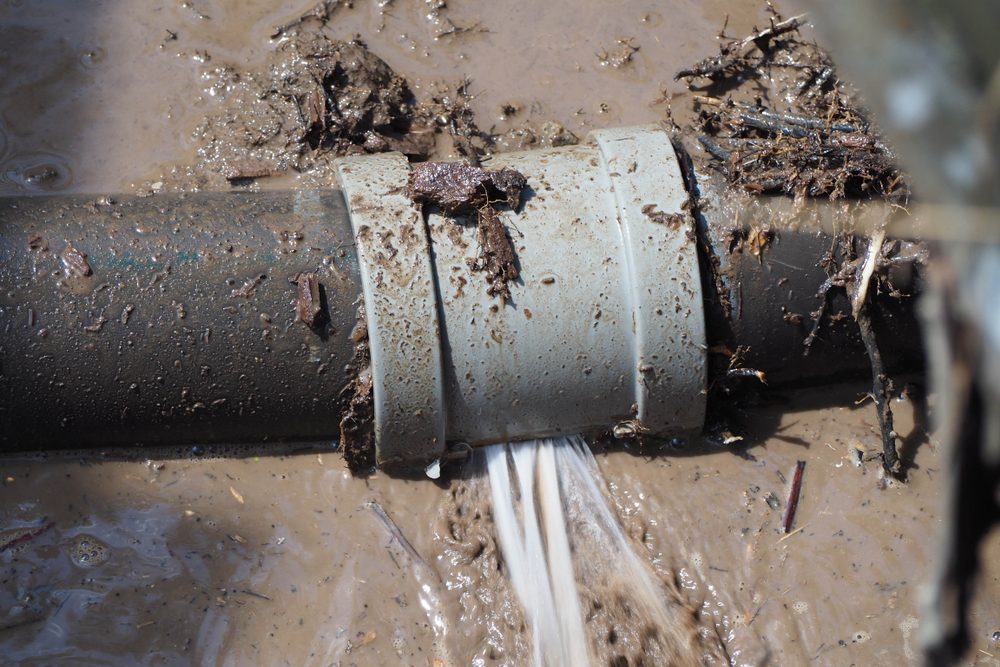Burst Pipes? No Panic! Just how to Detect and Fix Rapidly
Burst Pipes? No Panic! Just how to Detect and Fix Rapidly
Blog Article
What're your thoughts on How to Install and Connect a New Dishwasher?

A ruptured pipe is a significant emergency; you can only stand as you enjoy water you pay a lot to rejoin with the earth. In even worse situations, you notice a pool on your cooking area floor, which is a wonderful trip danger, especially if you have kids around. If the pipeline that burst remained in your walls, problem: you may need to repaint that whole section.
Just how can a disaster like a ruptured pipe be protected against as well as taken care of? Well, by listening to your specialist emergency plumbing technicians and complying with these rules.
Exactly how do I know when my pipelines have burst?
Changing water stress
Pipes do not simply burst in a day. You may have discovered that your cooking area tap or shower doesn't run immediately when you turn the tap. It may stop briefly for a couple of seconds and after that blast you with even more force than typical.
In various other instances, the water might appear normal in the beginning, then drop in stress after a few seconds.
Damp walls as well as water discolorations
Before a pipe ruptureds, it will leak, a lot of times. If this persistent leaking goes undetected, the leakage may graduate right into a wide laceration in your pipeline. One easy method to prevent this emergency is to keep an eye out for damp walls ad water discolorations. These water stains will lead you right to the leak.
Puddles under pipelines and also sinks
When a pipe bursts, the discharge creates a puddle. It may appear that the pool is expanding in size, and regardless of the amount of times you wipe the puddle, in a few minutes, there's one more one waiting to be cleansed. Often, you may not be able to map the pool to any kind of visible pipes. This is a sign to call an expert plumber.
Untraceable trickling sounds
Pipeline ruptureds can happen in one of the most undesirable places, like within concrete, inside walls, or under sinks. When the house goes silent, you may have the ability to listen to an aggravatingly relentless trickling noise. Even after you've checked your shower head and kitchen area tap, the leaking may continue.
Precious visitor, the leaking might be originating from a pipeline inside your walls. There isn't much you can do regarding that, except tell a professional plumber.
Shut off the Water
When water freezes, it expands in volume by about 9 percent. And it increases with tremendous pressure: The stress inside pipelines might go from 40 extra pounds per square inch to 40,000 psi! No pipeline can hold that much stress, so it bursts. The break might happen where the ice types, however more frequently, it happens where water pressure finds a weak spot in the pipeline. That might be inches and even feet from the frozen area. Find the water shutoff valve and turn off the water to stop even more damages. You may likewise need to shut off the electricity too, depending upon where the leaks occurs and just how large it is.
Polluted water
Lots of people assume a burst pipeline is a one-way electrical outlet. Rather the contrary. As water flows out of the hole or gouge in your plumbing system, pollutants discover their way in.
Your water might be infected from the source, so if you can, check if your water container has any kind of issues. However, if your alcohol consumption water is supplied and detoxified by the local government, you ought to call your plumber instantly if you see or scent anything funny in your water.
What do I do when I spot a ruptured pipe?
Your water meter will continue to run even while your water wastes. To decrease your losses, locate the primary controls and transform the supply off. The water mains are an above-ground structure beside your residential property.
How to Fix & Detect a Leaking Pipe
How Do I Know if a Pipe is Leaking?
Leak detection tests can help you determine if your pipe has a leak. Even if you don’t see an apparent leak, you should still conduct leak detection tests regularly to save water and money—and prevent major damage to your home.
Water meter. It can be helpful to figure out what your usual water meter usage numbers are and then monitor them regularly. To monitor your meter, first, turn off all water faucets in your home. Check the meter and write down the numbers. In a few hours, check the meter again. If the numbers have changed, you have a leak. Water gauge. Use a water gauge to test your water pressure. Your showerhead should produce a certain amount of water pressure based on its model and design. If the pressure is lower than it is supposed to be for that specific showerhead, your home likely has a leak. Puddles. Look inside your bathroom, laundry, and kitchen sink cabinets. Puddles around the cabinets or around toilets, tubs, showers, and washing machines indicate the presence of a leaking pipe. You may also notice loose tiles, peeling or flaking paint, or mold caused by water accumulation. Napkin test. Even if you don’t see any puddles, you may still have a leak. You can test for water leaks in the bathroom, laundry, and kitchen by wiping below-sink connections with a napkin, paper towel, or piece of toilet paper. If it becomes damp, you probably have a leaking pipe under the sink. Discolored walls. Walls that are discolored—usually with brown or yellow stains—or bulging might mean that they have been impacted by water damage caused by a leaking pipe. Smell. A leaky pipe will create sitting water, and over time, that water may develop a musty smell. If your home smells musty, but you can’t locate the source, it may be due to a leak. Steps for Fixing a Leaking Pipe
A leaky drain can be remedied by tightening the pipe base, replacing the drain seal, caulking the rim, and tightening the pipe nut. Similarly, a leaking toilet pipe can be treated by tightening the packing nut. You may also need to replace the valve. A leaky faucet may just need tightening or replacement of the washers. If that doesn’t work, consider replacing your faucet. If your pipe has a hole in it, you may want to use a pipe leak sealer or pipe leak tape. This quick fix for water pipe leaks can also temporarily fix a copper pipe leak. https://www.ahs.com/home-matters/quick-tips/how-to-tell-if-pipes-are-leaking/

Do you really like more info about What to Know Before Installing a Dishwasher? Make feedback down below. We'd be glad to see your feelings about this piece. In hopes that you visit us again in the near future. Appreciated our blog posting? Please share it. Help someone else locate it. We love reading our article about What to Know Before Installing a Dishwasher.
Schedule A Service
Report this page